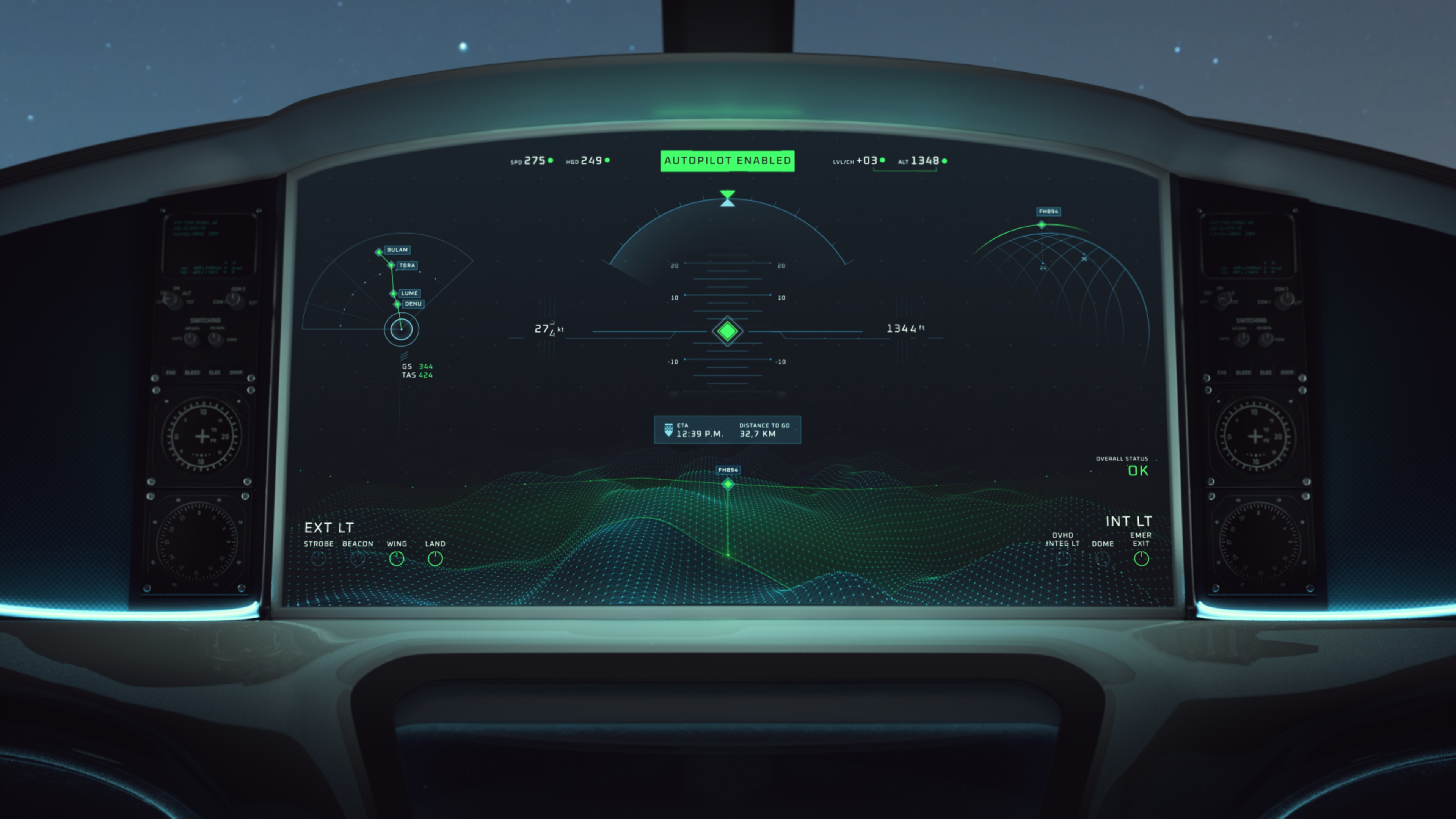Click Here to View This Page on Production Frontend
Click Here to Export Node Content
Click Here to View Printer-Friendly Version (Raw Backend)
Note: front-end display has links to styled print versions.
Content Node ID: 419364
Software developer Incari is looking to accelerate the development of aircraft cockpit systems by providing avionics engineers with what the company says is a more flexible and capable platform that will allow design changes to be made far more quickly. This month, the German start-up is launching a partnership with a major European aerospace group to explore the potential for expanding the use of its Incari Studio platform in aviation, following recent breakthroughs in the automotive sector.
According to company founder Osman Dumbuya, avionics designers working to improve the human-machine interfaces in cockpits now need far better 3D visual representations of the data from aircraft sensors. Incari believes its approach will help companies to more effectively tap the potential for new technologies promising to simplify vehicle operations for pilots, and eventually for autonomous operation, including augmented reality, remote touch, and computer-brain interfaces.
Building on work begun in 2015 by Dumbuya's previous venture, CGI Studio, what is now being offered to the aviation sector started out as a desktop solution similar in purpose to design apps like Photoshop with an interactive interface that can be connected to individual sensors, such as GPS. Part of the purpose of the Incari Studio is to allow aerospace engineers, even without much IT expertise, to essentially build applications that are best suited to their purposes, providing more open access to the software.
In Dumbuya’s view, this approach is especially important given the widely acknowledged shortage of IT developers. “Previously, there haven’t been tools that could give designers everything they need,” he told FutureFlight. “They could only work on an initial concept and then make many changes. They need applications that can directly connect to sensors with code to connect the communications buses to machines.”
Incari believes that its new platform could reduce the product development timeline by a factor of three or four. “Using traditional development methods, changing the design of just a single element often takes 14 days and involves five-figure sums,” said Dumbuya. “With Incari, it can be done in minutes.”
The company’s work with the unconfirmed aircraft manufacturer could result in some new cockpit concepts for commercial aircraft by 2025. The collaboration is part of wider work by the European aerospace group to improve user interfaces in which its engineers have looked for inspiration to alternative designs such as those in Tesla cars. This week, the company announced the selection of Siemens’s Capital software to help with the development of electrical and electronic systems.
Berlin-based Incari has also had discussions with eVTOL aircraft developer Volocopter after an introduction was made by European technology investor Lukasz Gadowski, who has put money int0 both companies, as well as into advanced air mobility firms such as China’s AutoFlight and Archer in the U.S. The company has already worked with Germany’s Piech Automotive on the digital dashboard for its new electric sports car.
Incari is also part of a wider initiative to develop a Europe-based operating system to rival the domination of U.S. software giants Microsoft and Apple. The work is part of the Scale-Up Europe program announced last year by French President Emmanuel Macron.
